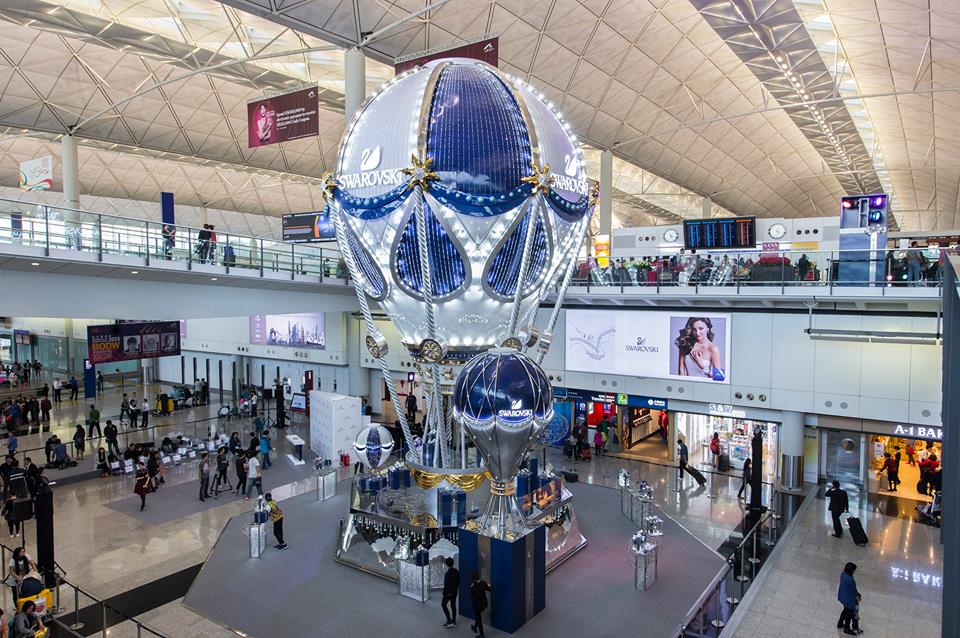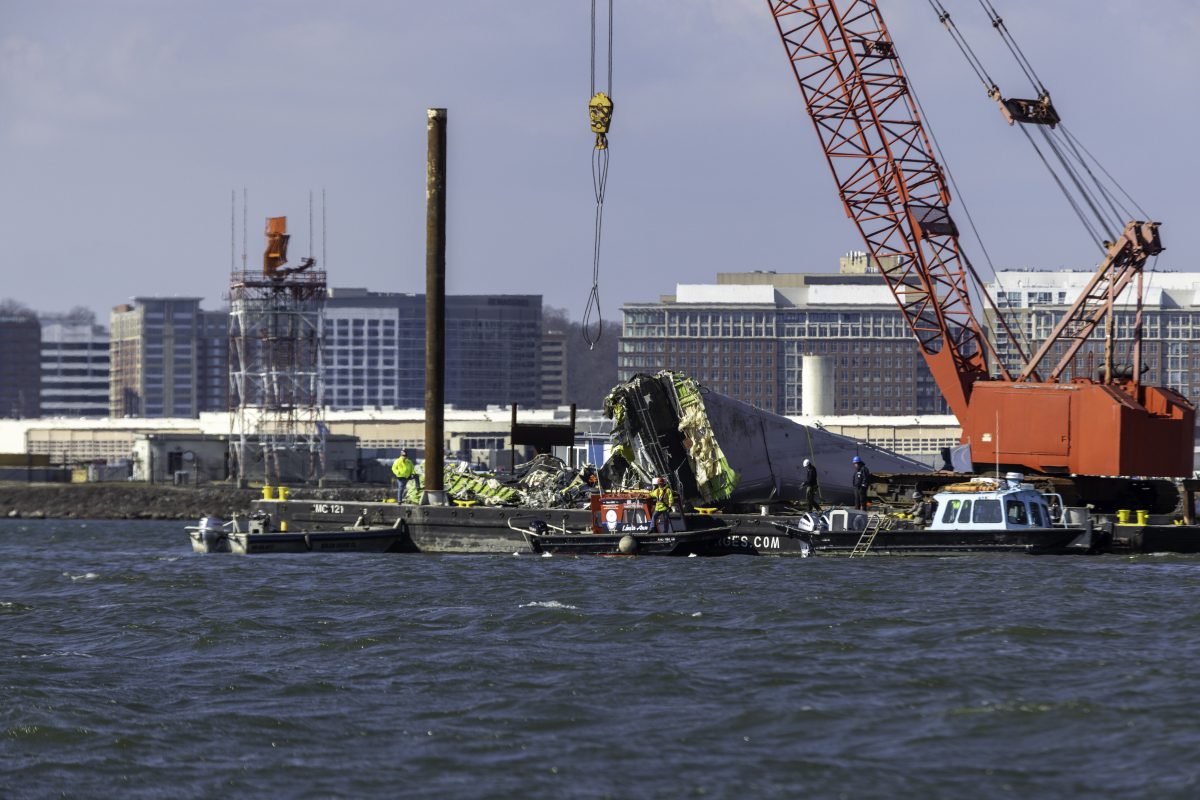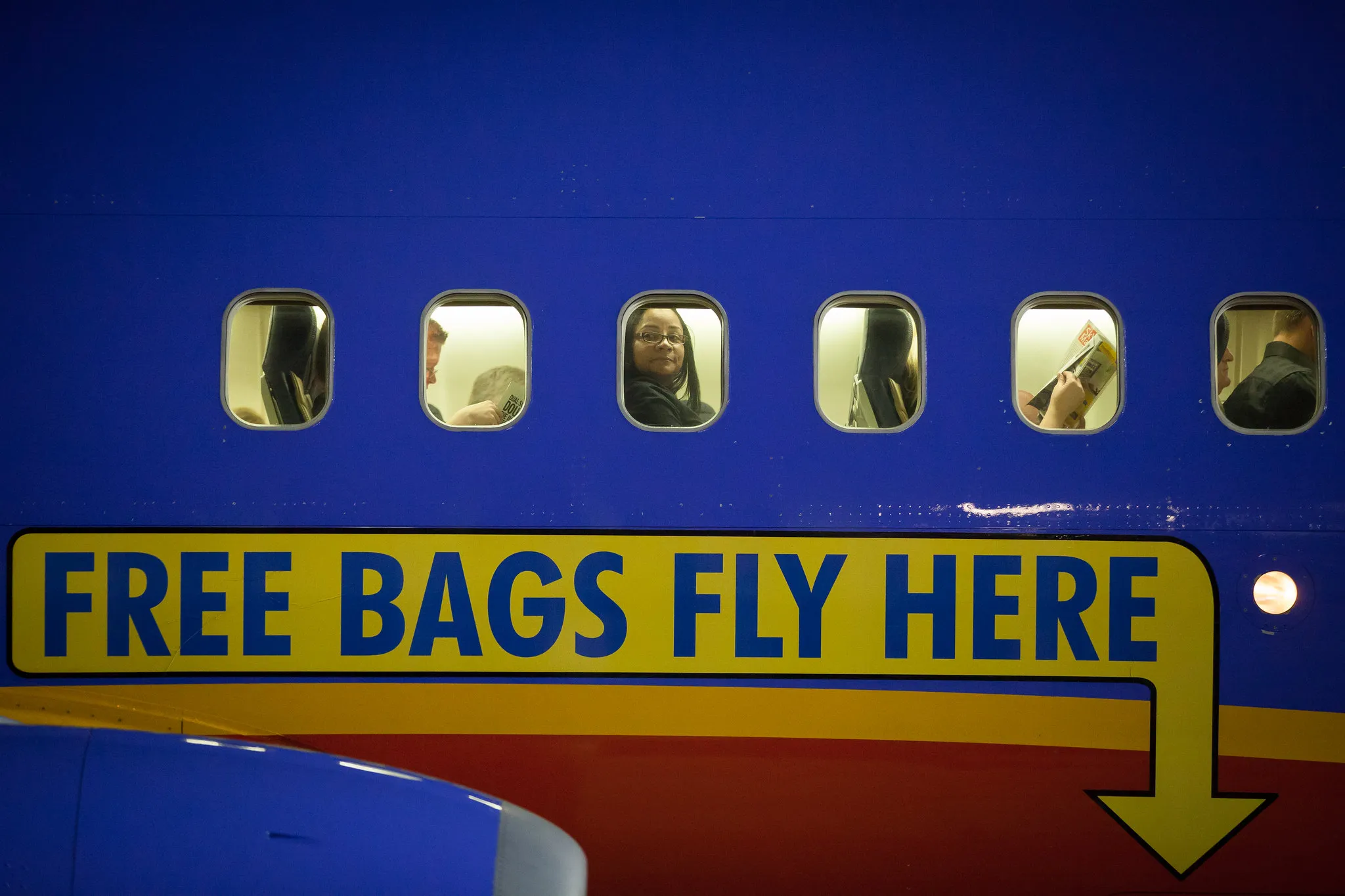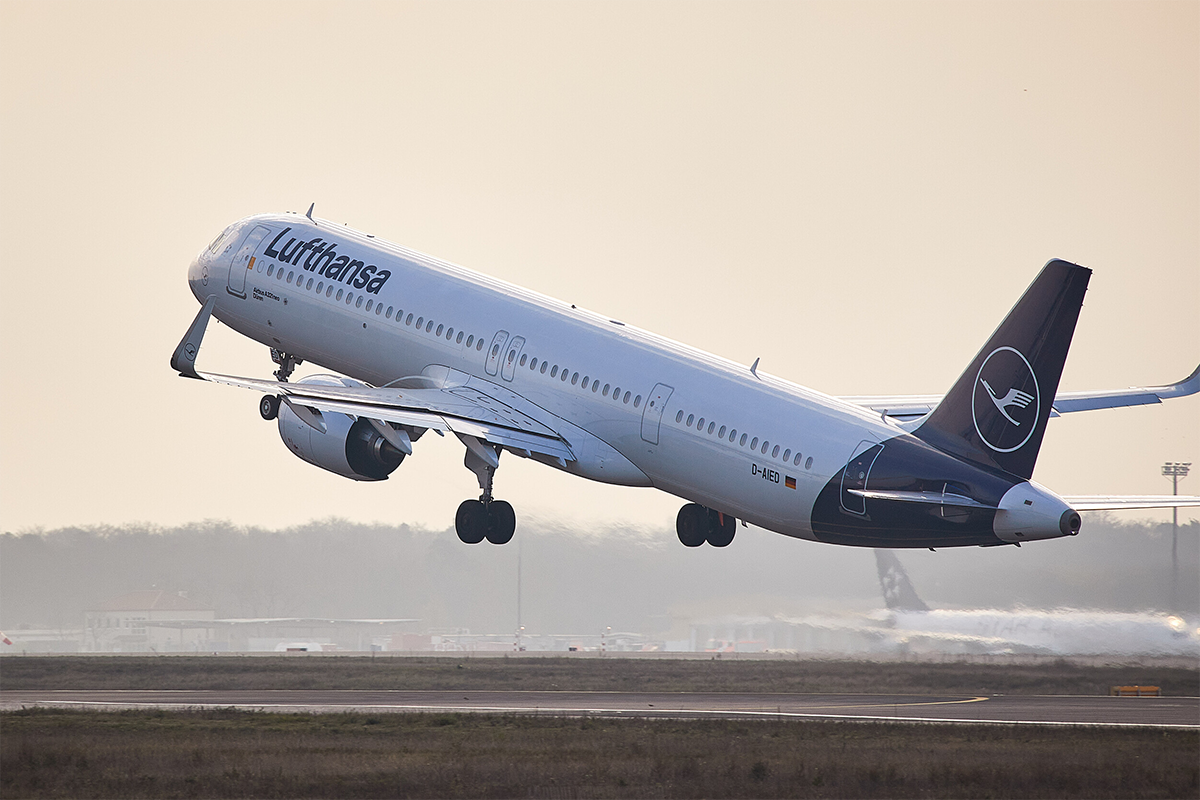Hong Kong’s Chek Lap Kok Airport Will Endure as a Global Hub

Skift Take
 Colin Nagy, head of strategy at Fred & Farid, a global advertising agency, writes this opinion column for Skift on hospitality, innovation, and business travel. “On Experience” dissects customer-centric experiences and innovation across hospitality, aviation, and beyond.
Colin Nagy, head of strategy at Fred & Farid, a global advertising agency, writes this opinion column for Skift on hospitality, innovation, and business travel. “On Experience” dissects customer-centric experiences and innovation across hospitality, aviation, and beyond.
Singapore’s Changi Airport typically tops the list of world’s best airports thanks to a swimming pool, movie theater, and countless other unheard of accoutrements. And even as the region is seeing huge competition to create new hubs, Hong Kong International Airport, also known as Chek Lap Kok Airport, is still a strong, fairly seamless and inspiring experience.
Designed by Foster and Partners in 1998, the airport was built in a vast reclamation program and sits nestled among Hong Kong’s verdant hills. Large, open windows allow for natural light, and perfectly frame the liveries of airlines from around the world.
More than anything, the space captures the excitement of travel. There an intangible quality, but I’m always inspired and excited, the same way I was when I first started traveling as a child.
Some specific reasons the airport is special:
1. Cathay Pacific Is An Iconic National Carrier
Despite its recent financial woes and growing competition from the mainland Chinese carriers, Cathay Pacific is still an incredibly iconic brand, with crisp service and, following a recent design refresh, one of the more contemporary-feeling airlines from end-to-end.
2. In-Town Check-In
Passengers using the airport can check their bags and get tickets in Hong Kong, and spend the rest of their day unencumbered. Your baggage will be put on the train and loaded on the plane.
3. A Beautiful Approach
The approach into Chep Lap Kok is one of the most beautiful in the world. You see clouds, green hills, and the blade runner style futuristic skyline of Central in Hong Kong.
4. Space, Light and Inspiration
Other airports can seem claustrophobic. and places like Doha, for all that is good about it, lack natural light. You never know what time it is, and can’t see outside. The Hong Kong airport, on the other hand, has soaring ceilings, and the feeling of being released from the stresses of travel.
5. Incredible Lounges
Cathay has the sharpest lounges going: The recent refurbishment of the Pier First lounge by Ilse Crawford brings a crisp, modern and comfortable aesthetic to a low-traffic lounge. Other lounges like the Wing have the iconic noodle bar, with Dan Dan Noodles that serve as perfect pre-flight comfort food. The Wing has also pioneered beautifully designed day rooms and Cabanas, with the ability to shower or bathe in privacy.
For those not using the lounges, there is ample quiet seating, power plugs all over the airport, and a variety of eating options.
6. Tech-Savvy Immigration
With a quick interview and some paperwork, non-residents can use biometrics to enter or exit Hong Kong via e-gates and skip the typical immigration queues that can build up when many planes arrive at once.
7. Adjacent Hotels
For those with longer layovers that require some shuteye, the airport is connected directly to hotels. No shuttle bus required.
8. An Aviation Discovery Center
Terminal 2 has a great aviation discovery center, focused on the history of the airport, as well as the history and physics of flight. Fodder for AvGeeks or just people with some time to kill.
9. A Speedy Arrival
Sure, you can summon an Uber, but the Airport Express train is incredibly efficient, and goes straight into Central in about 25 minutes. While the green and purple seating is a bit garish, the service does its job reliably well, and allows for an easy transfer into a cab to your final destination.
The airport is due for expansion with a third runway and an update to Terminal 1. This comes in anticipation of increased competition from other airports in the region, namely Beijing’s new $12.9 billion dollar hub, as well as upgrades to Bangkok’s Suvarnabhumi Airport.
In addition, China Southern, one of the nation’s largest carriers, plans to make Guangzhou — very close to Hong Kong — a hub for transfers into Australia and Southeast Asia, according to Bloomberg.
But making a new airport is not a trivial task, and Hong Kong’s history, attention to detail, and enduring design make it one of the most pleasurable places to fly into, and transfer through. It has my vote for the region.





